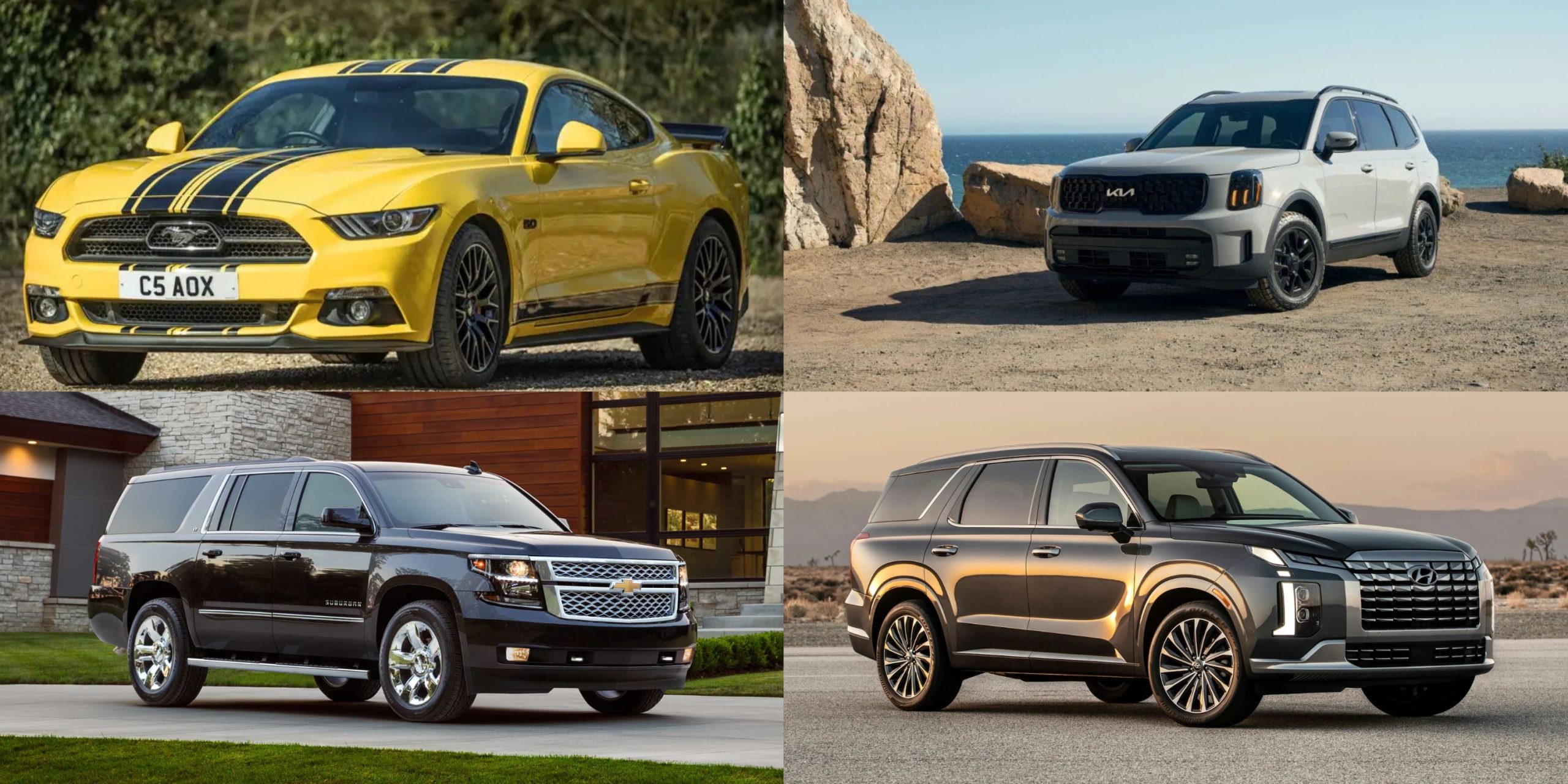When it comes to big families, not just any car will do. Between car seats, backpacks, sports gear, and the occasional family pet, larger households require vehicles that offer not only seating capacity but also comfort, storage, accessibility, and long-haul reliability.
A car that works well for a single person or couple can quickly become a frustrating experience for a family of five or more. From third-row legroom to trunk volume and flexible seating configurations, the definition of a “family-friendly” vehicle goes far beyond having four doors.
Families today are constantly in motion—school drop-offs, extracurricular activities, weekend getaways, and multi-person carpools are all part of the weekly shuffle. As such, a car needs to function as a command center on wheels.
It should accommodate everyone without arguments over elbow space, hold a week’s worth of groceries, and offer entertainment or comfort options for long drives.
Fuel efficiency, safety ratings, and tech also matter, but if the space isn’t there, everything else feels like a compromise. And let’s be honest—when you have three or more kids, the backseat real estate becomes prime territory for either peace or chaos.
That’s why we’re breaking down five cars that rise to the occasion for large families and five that, while they may be solid in other areas, simply don’t measure up in terms of space.
Whether you’re shopping for your first “big family” ride or thinking about upgrading from a cramped SUV or sedan, this list aims to steer you toward vehicles that make daily life easier—and away from those that might make it unnecessarily tight.
Let’s start with the ones that truly understand what it means to support a full house on the move.
Also Read: 5 Cars That Improved Each Generation and 5 That Peaked Early
Cars That Are Great for Big Families

Kia Telluride
The Kia Telluride has earned its reputation as a top pick for large families thanks to its combination of spaciousness, upscale feel, and smart design. This three-row SUV offers seating for up to eight passengers and does it without feeling cramped or overly bulky.
The Telluride delivers one of the best third-row experiences in its class, meaning even adults can sit back there comfortably—something that can’t be said for many competitors.
One of Telluride’s biggest advantages is how it balances family practicality with a touch of luxury. The cabin is thoughtfully laid out, with premium materials, easy-to-use controls, and an intuitive infotainment system.
Parents will appreciate the Driver Talk system, which amplifies the driver’s voice through the rear speakers—perfect for getting the kids’ attention without shouting. With USB ports in all three rows and available rear-seat entertainment options, every passenger has access to comfort and connectivity.
When it comes to cargo, the Telluride shines. Even with all three rows up, there’s usable space behind the third row for groceries, strollers, or sports equipment. Fold the back seats down, and you get an expansive area that rivals some smaller pickup beds.
Whether it’s family road trips, hauling weekend project supplies, or accommodating out-of-town guests, the Telluride checks every box for growing families who want space and style without minivan vibes.
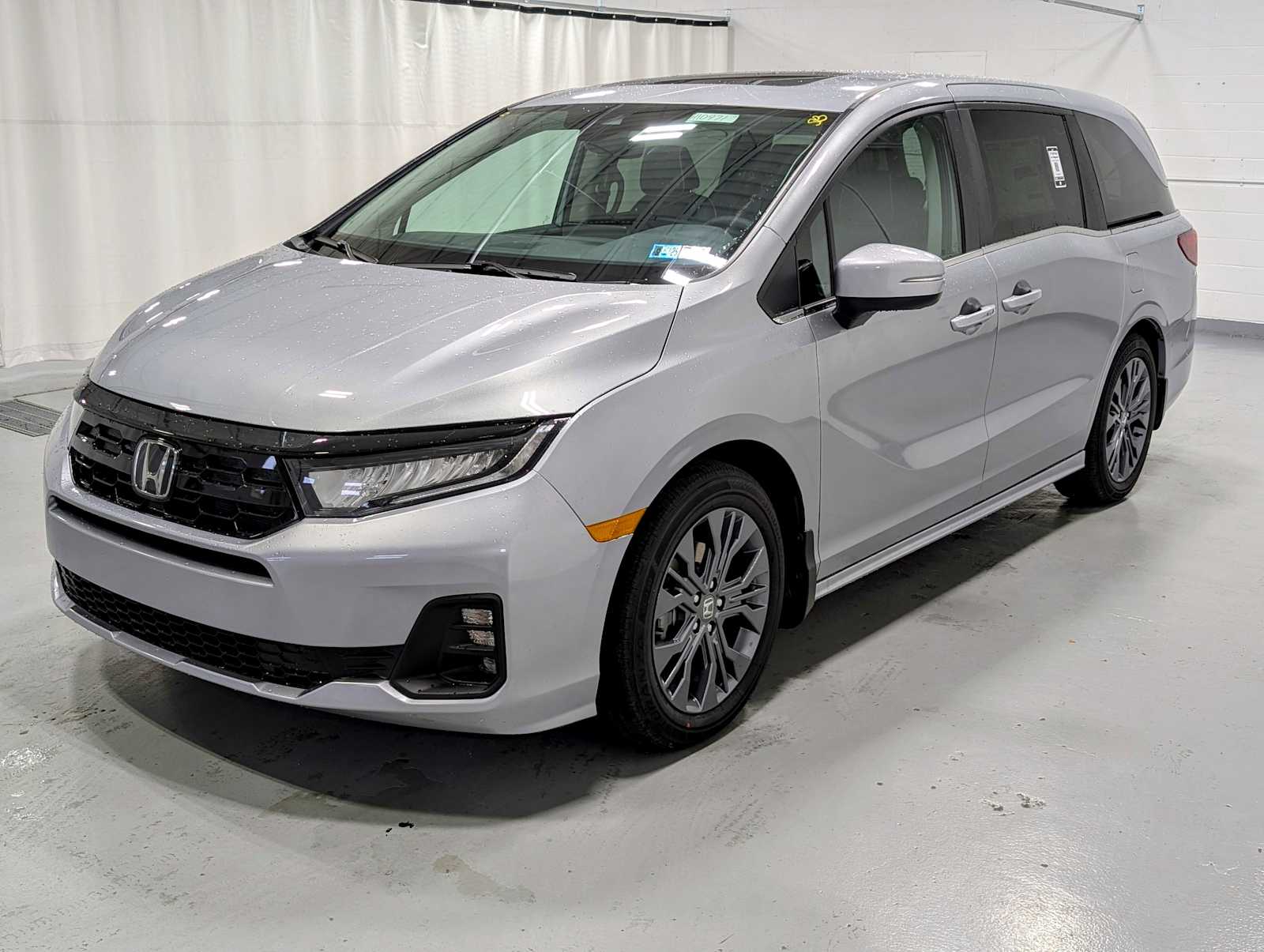
Honda Odyssey
The Honda Odyssey has been a family staple for decades, and it’s easy to see why. This minivan is built with large families in mind, offering more versatility, ease of use, and practical space than nearly any other vehicle on the market. With seating for up to eight and plenty of room in every row, the Odyssey turns chaotic family commutes into smoother rides.
What sets the Odyssey apart is its incredibly smart interior features. The second-row Magic Slide seats make it easy to access the third row and configure the space depending on your needs—whether that’s separating squabbling siblings or making room for a bulky car seat.
Add in the in-car vacuum system (yes, really), rear entertainment system, and CabinWatch (a built-in camera that lets you monitor the back rows from the front), and you’ve got a vehicle that practically raises the kids for you.
Cargo space is another win. Even with all seats in use, the Odyssey offers generous storage behind the third row. Fold down the third row, and it disappears into the floor, creating a completely flat load area that can handle anything from furniture to sports equipment.
If you need one vehicle that can handle multiple kids, long drives, carpooling, and errands—all in a single trip—the Honda Odyssey is arguably the best tool for the job.
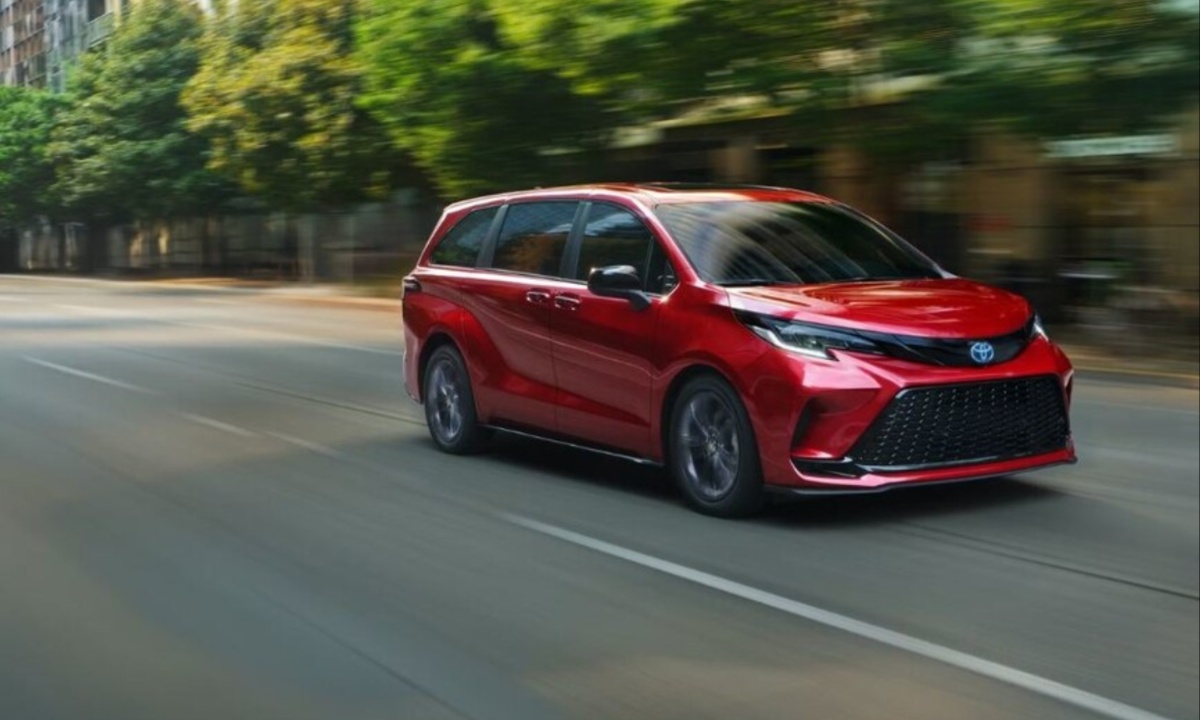
Toyota Sienna
Toyota’s Sienna is another minivan that excels when it comes to accommodating large families, especially those who want a hybrid option. As one of the few minivans available with a standard hybrid powertrain, it offers excellent fuel economy without compromising on space.
With seating for up to eight and flexible cargo arrangements, the Sienna is both environmentally conscious and family-centric.
Inside, the Sienna feels roomy and smartly organized. The second-row captain’s chairs (available on most trims) offer comfort and space, with optional long-slide rails that make room for more legroom or easier access to the third row.
Toyota’s attention to detail is clear, from the abundance of cup holders and USB ports to the wide-opening sliding doors that make loading up kids or groceries a breeze.
Where the Sienna truly shines is in its long-haul potential. The hybrid system offers up to 36 mpg combined, meaning fewer gas stops on road trips and more savings over time. It’s also loaded with standard safety features, including Toyota’s Safety Sense suite.
If you want a fuel-efficient, practical, and spacious vehicle for a big family, but aren’t quite ready to go full electric, the Sienna strikes an ideal balance.
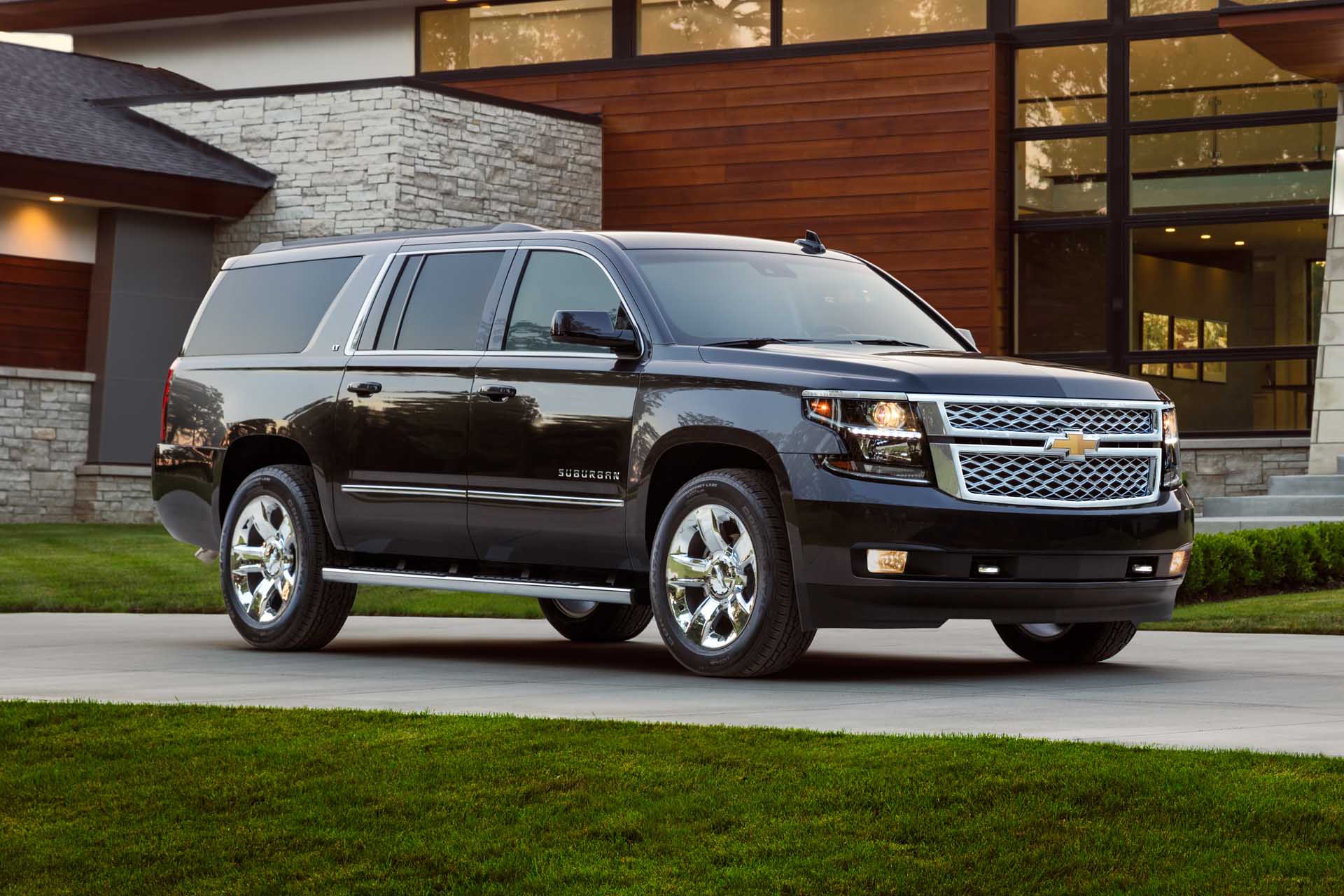
Chevrolet Suburban
If you need serious space—think five kids, a dog, and a week’s worth of vacation gear—the Chevrolet Suburban might be your go-to. As one of the largest SUVs on the market, it delivers cavernous seating and cargo space without feeling like a lumbering giant on the road.
It seats up to nine people when properly configured, which makes it one of the few non-minivans to hit that number comfortably. The Suburban offers more third-row legroom than almost any SUV, and even adults can sit back there for longer drives without complaint.
The second row is available with either a bench or captain’s chairs, depending on your preference, and the premium trims include luxuries like ventilated seats and high-end sound systems. Storage is equally impressive—behind the third row is over 40 cubic feet of space, and that expands dramatically when you fold down the rear seats.
Towing capacity is another huge plus. For families who own a camper, boat, or trailer, the Suburban has the muscle to handle weekend adventures. Despite its size, it’s surprisingly composed on the road thanks to advanced suspension systems and driver aids.
If you’ve got a big family and need maximum room without going the minivan route, the Suburban is hard to beat.

Hyundai Palisade
The Hyundai Palisade is an under-the-radar gem that punches above its weight in terms of family friendliness. Offering three rows of genuinely usable seating and upscale interior finishes, it’s ideal for families who want the function of a minivan or large SUV but with a bit more flair. It’s nearly identical to the Kia Telluride in mechanics but offers its take on style and layout.
The interior is thoughtfully crafted with plenty of room for up to eight passengers. Both the second and third rows are adult-friendly, and getting in and out of the third row is relatively easy thanks to sliding second-row seats.
Storage compartments are cleverly placed throughout the cabin, with USB ports available in every row—essential for keeping multiple kids’ devices charged and everyone sane.
Cargo space is competitive, and the Palisade includes features like a power liftgate, hidden underfloor storage, and split-folding seats for flexible hauling.
From a safety standpoint, it comes loaded with driver-assist features and crash avoidance tech. Stylish, practical, and surprisingly luxurious for the price, the Palisade offers one of the best family experiences in the three-row SUV category.
Cars That Struggle With Space
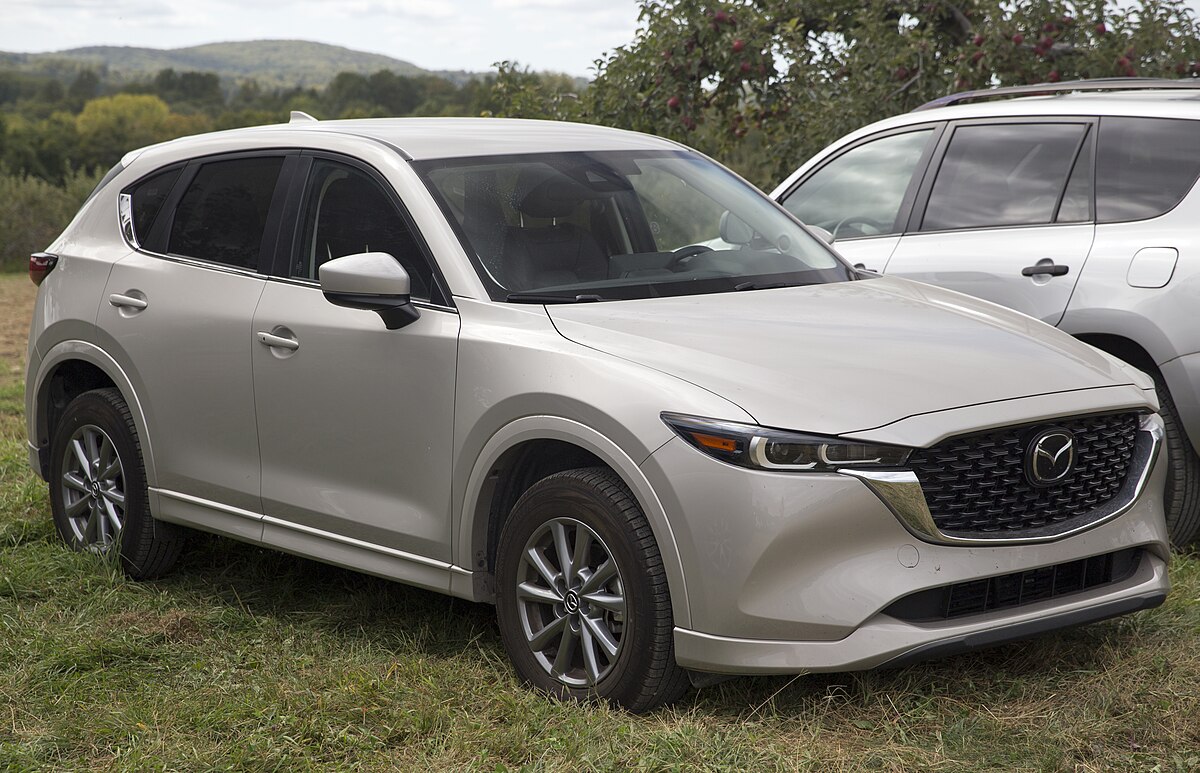
Mazda CX-5
The Mazda CX-5 is often praised for its driving dynamics and upscale interior, but when it comes to accommodating big families, it falls short—literally.
With only two rows of seating and a relatively compact footprint, this SUV just doesn’t offer the passenger or cargo space a large family needs. It’s an excellent vehicle for singles or couples, but it begins to feel cramped the moment you add more than two kids.
Rear legroom is one of the major constraints. While the front seats are spacious and well-bolstered, the back seat can be tight for teenagers, let alone three passengers. Adding a car seat can make the rear bench almost unusable for anything else.
The cargo area, although decently sized for its class, doesn’t come close to matching what a three-row SUV or minivan can offer, especially with a stroller or large grocery load in the mix.
There’s also no third-row option, which instantly limits its practicality for larger households. If you’re a family of four or more looking for something that will grow with your kids, the CX-5 might leave you frustrated. It’s a fun, stylish SUV, but it just doesn’t stretch far enough—literally or figuratively—for big family life.
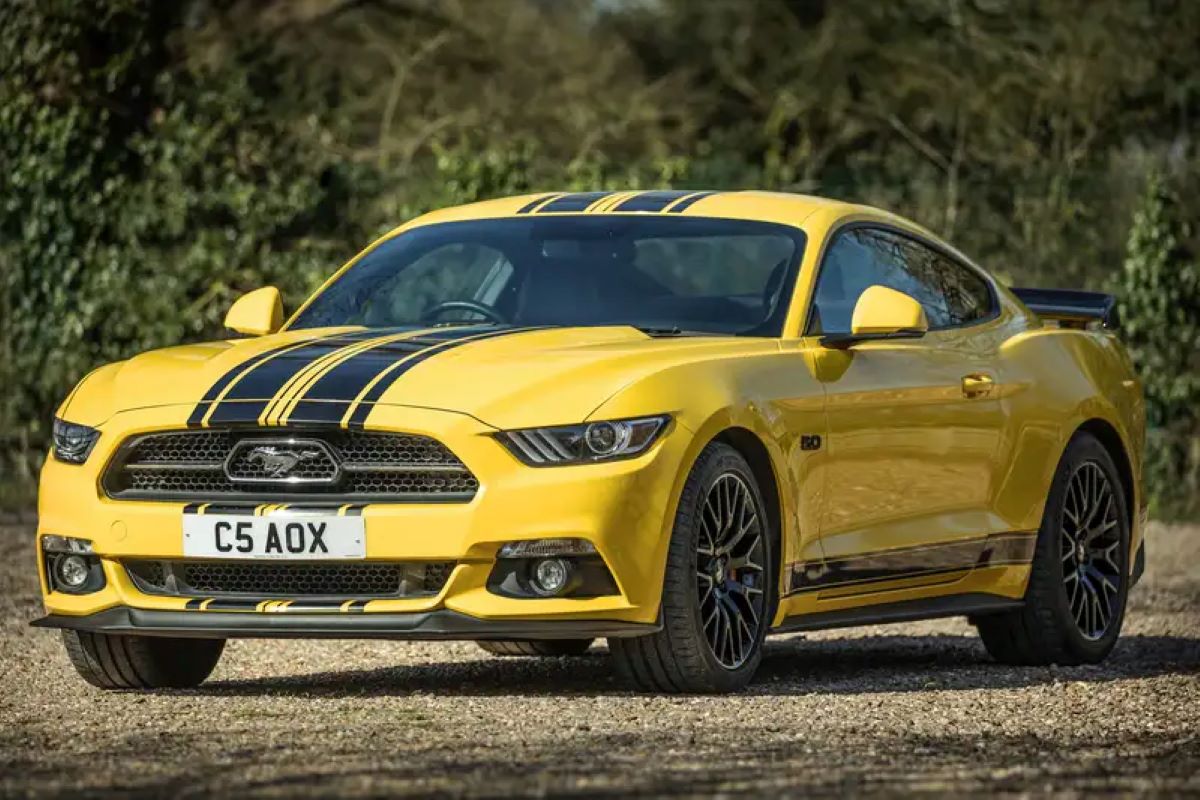
Ford Mustang
The Ford Mustang may turn heads on the highway, but for big families, it’s a logistical nightmare. As a two-door coupe with a tiny backseat and minimal trunk space, the Mustang isn’t built to be a family hauler in any capacity.
You’ll be hard-pressed to fit more than one car seat in the back, and even that requires contortionist-level seat adjustments just to buckle in.
The rear seats are essentially symbolic—usable only by small children or very short adults for short drives. Even teens will complain after a few minutes, and the low roofline makes entry and exit awkward. The trunk space, while acceptable for a sports car, is nowhere near what you need to handle grocery hauls, backpacks, or a family road trip’s worth of luggage.
There’s also the reality of only having two doors. For parents juggling kids, car seats, diaper bags, or groceries, that’s a constant inconvenience.
While the Mustang delivers a thrilling ride and nostalgic appeal, it’s simply not designed with growing families in mind. It’s better as a second vehicle or weekend car, not your everyday family driver.
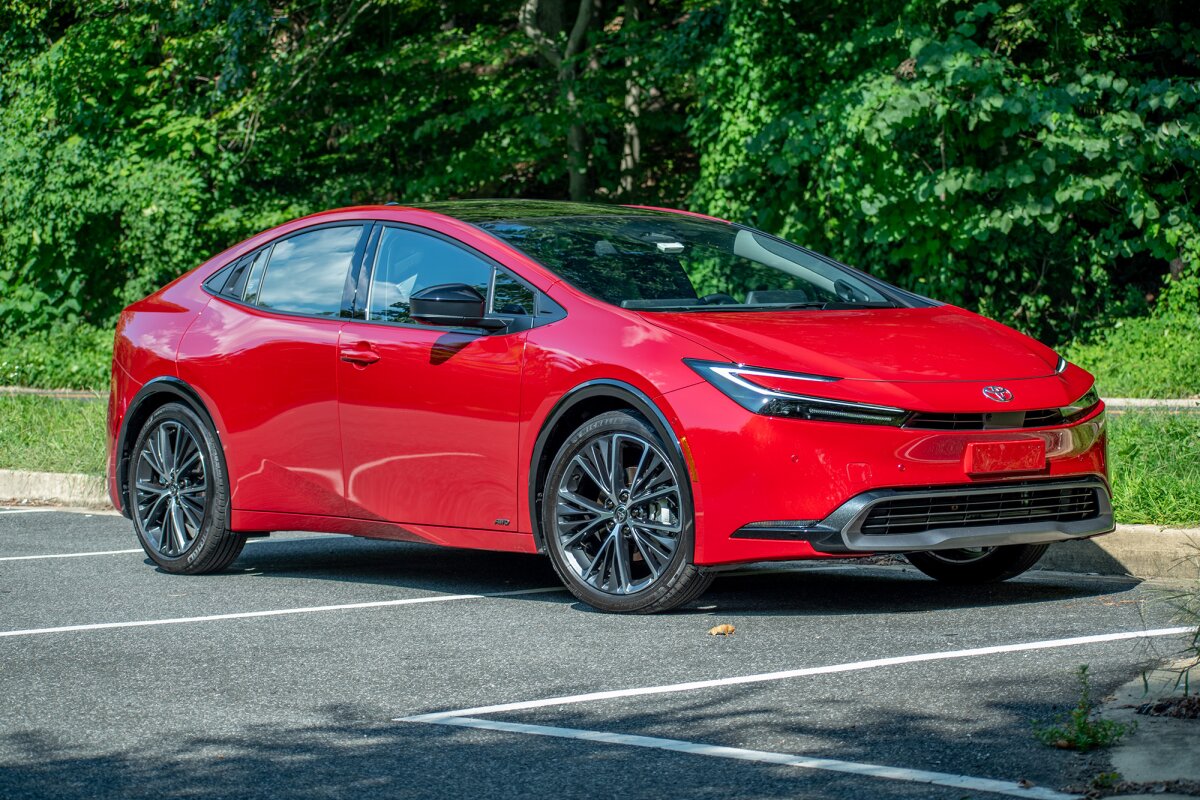
Toyota Prius
The Toyota Prius has long been known for its impressive fuel economy and eco-conscious design. But while it excels in efficiency, it leaves much to be desired when it comes to family practicality, especially for larger households.
The Prius is a compact hybrid hatchback, and while it technically seats five, three in the back row is a tight and uncomfortable squeeze.
Rear-seat room is limited in both leg and shoulder space, which makes installing multiple car seats or transporting older kids a tight fit. The sloping roofline also cuts into headroom, which taller passengers will immediately notice.
As for cargo, the hatchback design does help, but it still can’t match the storage space of SUVs or minivans that are designed for heavy-duty family use. If your primary concern is fuel economy and your family is small, the Prius could still make sense.
But for families of five or more, or those who regularly carry a lot of gear, it’s simply not up to the task. You’ll find yourself fighting for every inch of space—and possibly fighting among yourselves for who gets to sit where.

Subaru Crosstrek
The Subaru Crosstrek is beloved by many for its rugged charm and all-wheel drive capability, but it’s not the best fit for big families.
Built on the Impreza platform, it’s more of a lifted hatchback than a true SUV, and that shows when it comes to interior space. There’s only seating for five, and that fifth person better be OK with elbow-to-elbow contact.
The Crosstrek’s back seat is manageable for two adults or kids, but gets uncomfortable quickly with three passengers. Legroom is decent but not generous, and the low placement of the rear seat means taller passengers end up with knees in the air. There’s also limited trunk space, especially if you’re trying to pack for a family camping trip or road vacation.
In many ways, the Crosstrek is ideal for young couples or small families who prioritize fuel economy and all-weather driving. But once your family grows—or your gear list expands—you’ll hit its limitations fast. It’s a great starter car, but not a long-term solution for large or busy households.
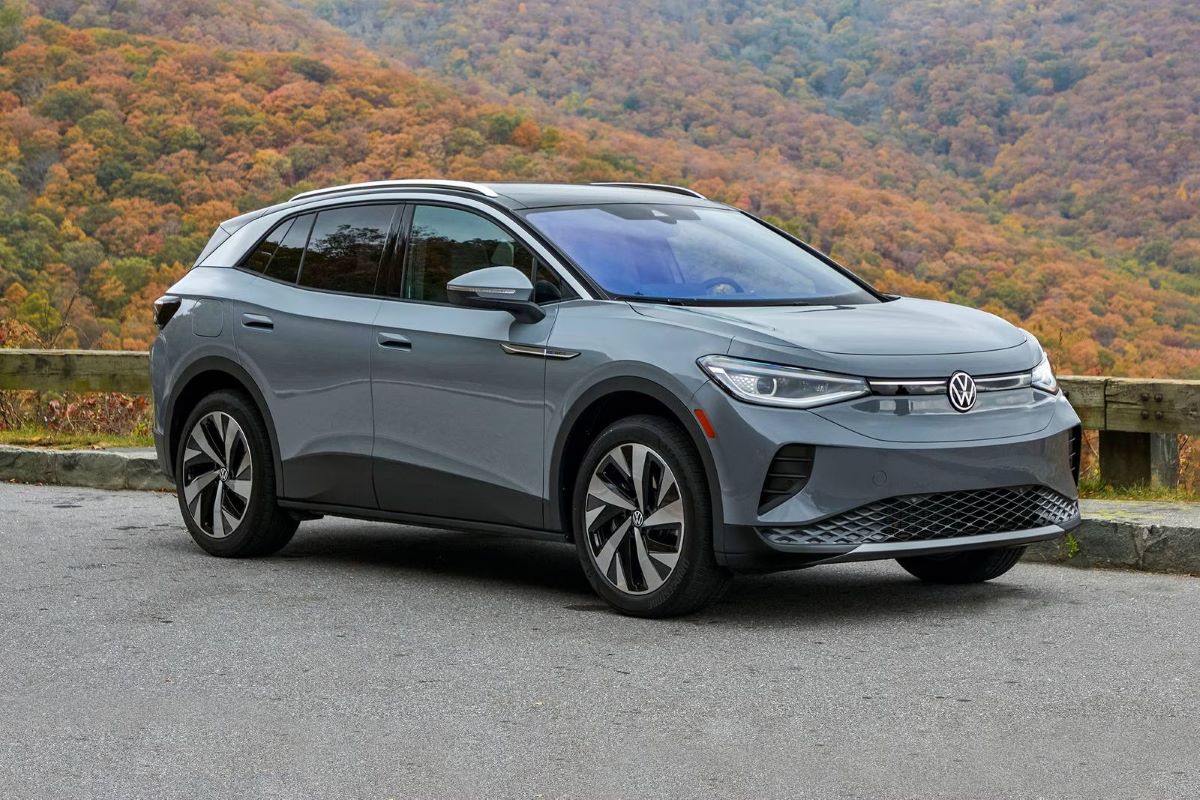
Volkswagen ID.4
The Volkswagen ID.4 is a stylish, fully electric crossover that offers a quiet, tech-filled ride, but when it comes to space, it leaves something to be desired for larger families.
With two rows of seats and a fairly compact footprint, the ID.4 isn’t built to accommodate more than five passengers, and even then, that fifth passenger might feel like a third wheel.
The rear seats are fine for two adults or kids, but they become cramped with three. There’s no third-row option, which instantly takes it off the list for families of six or more.
The trunk space is decent for groceries or small hauls, but adding strollers or sports equipment eats it up quickly. And unlike some electric SUVs, it doesn’t offer a frunk (front trunk), which would have helped with storage flexibility.
Additionally, because it’s a newer EV model, some families may find the charging logistics challenging, especially if they haven’t installed a home charger.
While the ID.4 is a solid choice for smaller, urban families who want to go green, it’s not yet a true contender for big-family practicality. You may save on gas, but you’ll spend more time figuring out how to make everything—and everyone—fit.
The Right Ride for the Right Size
For big families, space isn’t a luxury—it’s a necessity. Whether it’s the number of seats, usable cargo room, or simple comfort on long rides, the vehicles that succeed are the ones that adapt to the ever-changing needs of a full house.
Options like the Kia Telluride, Honda Odyssey, and Chevrolet Suburban offer thoughtful, spacious solutions that make parenting on the go less stressful and more efficient. These vehicles recognize that real family life is messy, noisy, and often hectic—but they’re designed to keep up.
Also Read: 5 Cars That Rarely Visit the Shop and 5 That Live There
On the flip side, there are plenty of well-made cars that simply fall short when scaled up for family use.
The Ford Mustang and Toyota Prius may work great for individuals or smaller households, but when you’ve got three kids, a stroller, a dog, and a week’s worth of groceries to manage, their limitations become obvious very quickly.
That doesn’t mean they’re bad cars—it just means they’re not built for the demands of larger households.
The key takeaway? Choose a vehicle that grows with your family, not one that you’ll outgrow in a year. Space may not be everything, but when you’re managing a busy family life, it’s a game-changer. With the right car, even the most chaotic family mornings become a little bit smoother.

